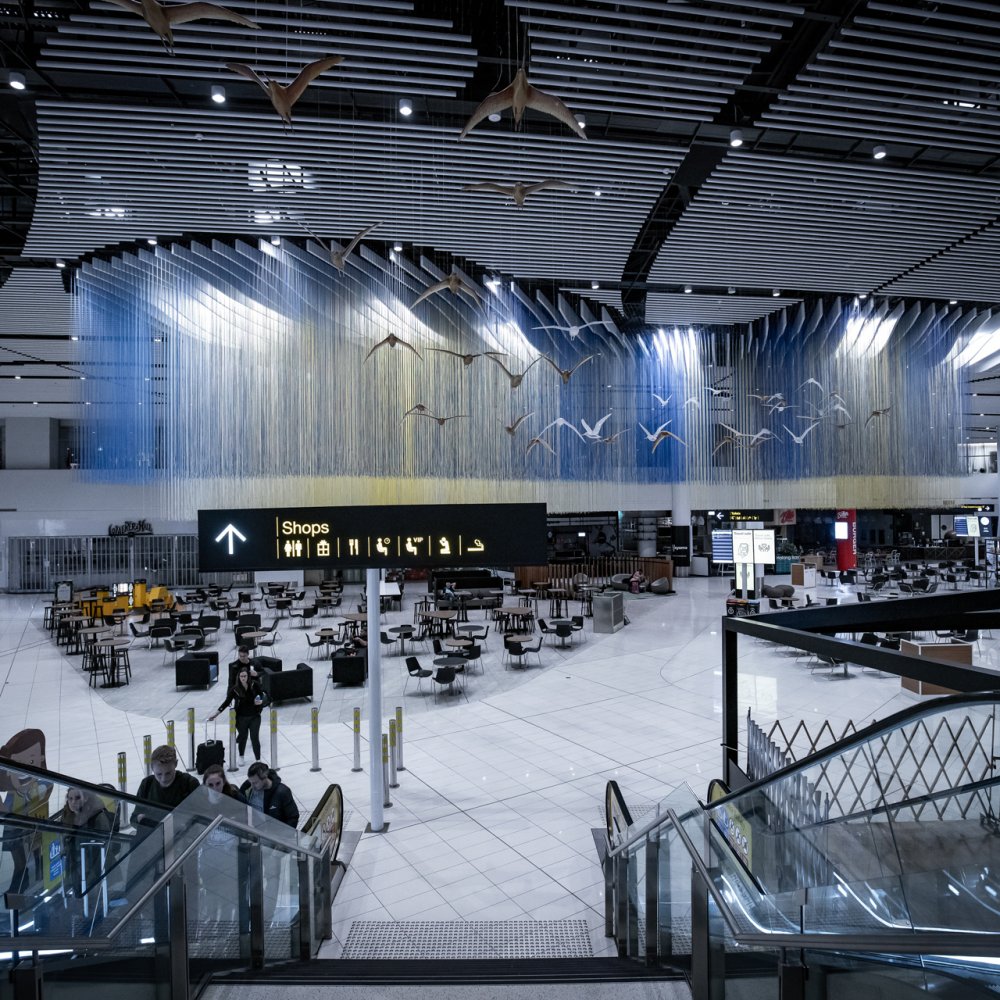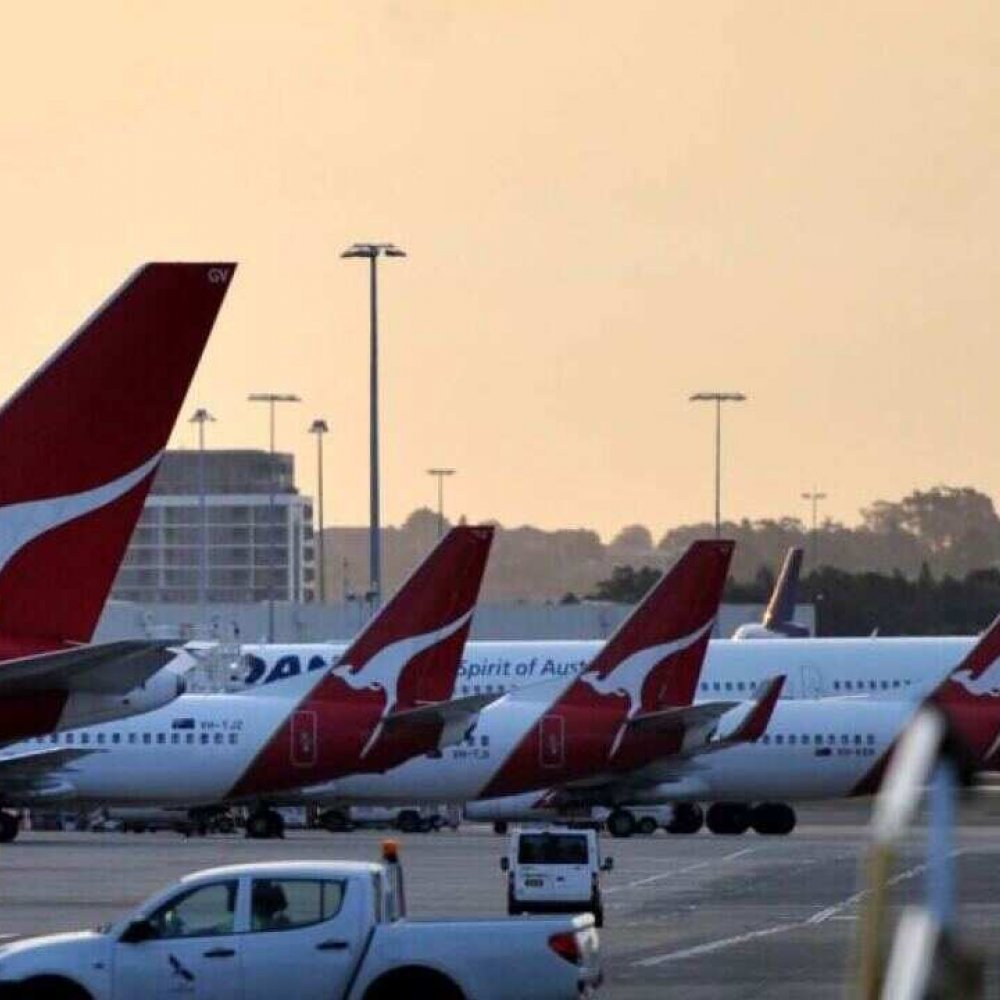Picture this: the early morning buzz of Auckland city streets, your luggage packed and ready, and the lingering excitement of the trip ahead. You’re about to embark on your journey but first, the crucial step—how to get to Auckland Airport, NZ. Whether you’re heading out for a holiday or returning home after months away, choosing the right transportation mode sets the tone for your entire travel experience. When I last landed at Auckland Airport, NZ, I realised the significance of timing, cost, and comfort in these final stages. From the pulse of taxis weaving through traffic to the eco-friendly hum of the train, every option has its own rhythm and reason. Navigating transfers can feel overwhelming, with multiple choices presenting different price tags, travel times, and convenience levels. This guide drops you right into the heart of those choices, grounding you in practical steps, insider tips, and smart hacks so you glide smoothly towards Departure or Arrivals. With images capturing Auckland’s vibrant vibe, you’ll feel like you’re already there, unfolding your travel story layer by layer.

Why Plan Your Airport Transfer?
Planning how to get to Auckland Airport, NZ isn’t just a formality—it’s your gateway to a stress-free departure or welcome-home moment. Auckland International Airport sits approximately 21 kilometres from the city centre, making transfer method and timing crucial. Without a plan, you risk delays, unexpected costs, or scrambling last-minute for a ride. Planning helps you match your budget with comfort and timing preferences, so you arrive relaxed and ready.
The airport is bustling, with peak hour traffic frequently backing up main routes like the State Highway 20 motorway. Advanced planning ensures you avoid peak snarls, making travel more efficient. It also helps with luggage logistics, accessibility, and anticipating extra charges like night surcharges or tolls. When I last booked a taxi to Auckland Airport, NZ during early morning peak, good planning saved me from potential stress as the ride took far less time than a spontaneous hail would have.
Plus, with options ranging from direct taxis and rideshares to budget buses and the sleek Auckland Airport, NZ train, you deserve to choose what best suits your travel style—be it speed, cost-efficiency, or sustainability.
Price & Time Grid: Your Options at a Glance
| Option | Single Fare (NZD) | Return Fare (NZD) | Journey Time | First / Last Service | Night Surcharge |
|---|---|---|---|---|---|
| Taxi to Auckland Airport, NZ | $70–90 | $140–180 | 30–45 mins | 24/7 | Yes, 10–20% |
| Rideshare from city centre to Auckland Airport, NZ | $50–75 | $100–150 | 30–45 mins | 24/7 | Surge pricing applies |
| Auckland Airport, NZ train + Shuttle | $15 | $30 | 45–60 mins | 5:00 / 23:30 | No |
| Express Bus to Auckland Airport, NZ | $18 | $32 | 45–60 mins | 5:00 / 22:00 | Minimal |
| Local Bus to Auckland Airport, NZ | $5–10 | $9–18 | 60+ mins | 5:00 / 23:00 | No |
As this grid reveals, your choices balance cost and convenience. Taxis and rideshares offer direct, speedy trips but cost considerably more, especially with night surcharges or surge pricing in effect. The Auckland Airport, NZ train combined with shuttle transfers is your eco-friendly and affordable choice, though with a slightly longer journey time. Express buses strike a middle ground with dedicated services but less flexibility compared to taxis. Finally, local buses offer ultra-budget friendly fares but can be slow and require transfers or long waits. Armed with these snapshots, you’ll quickly zero in on the option that fits your timeframe and wallet best.
Step-by-Step Guide for Each Mode
Taxi
- Book your taxi in advance via a reputable local company or app to secure fare and reduce wait time.
- Confirm pickup location and luggage capacity with the driver, especially if travelling with bulky bags.
- Allow extra travel time during peak hours or bad weather—consult live traffic updates.
- Ensure driver drops you directly at your airline's terminal for convenience.
- Have cash/card ready and tip according to service (typically 10%).
Rideshare
- Open your preferred rideshare app and set Auckland Airport as your destination.
- Check surge pricing alerts and consider waiting or switching services if costs spike.
- Confirm driver and vehicle details before boarding for security.
- Place luggage in the boot and confirm drop-off point with the driver (often varies between terminals).
- Pay through the app and rate your driver after the trip.
Rail
- Purchase your ticket at Britomart Transport Centre or via Auckland Transport’s app.
- Board the Southern Line or Onehunga Line trains heading towards Puhinui Station.
- At Puhinui Station, transfer to the dedicated airport shuttle bus (AT Metro Route 380).
- Hop off at the Auckland Airport arrival area, managing luggage on the shuttle easily.
- Verify train and shuttle schedules to minimise wait times and total journey duration.
Bus
- Identify whether you prefer express bus (SkyBus Airport Express) or local buses.
- Buy tickets online for SkyBus or prepare a AT HOP card for local services.
- Board at designated city centre stops such as Queen Street or Midtown Hub.
- Enjoy direct stops at airport Terminals with luggage space usually available on express buses.
- Note operational hours—local buses may have limited night services.
Returning a Rental Car
- Top up the fuel tank as per rental agreement—to avoid expensive refuelling fees (Hertz, March 2025).
- Follow clear signage to the airport’s rental car return zone, located near the east side of the terminal.
- Park in your rental company’s designated bay and gather your belongings.
- Complete any required paperwork or hand over keys to staff in operating hours.
- If returning after hours, deposit your keys and paperwork in the company’s secure drop-box.
- Use the free rental car shuttle service to travel from car park to the airport’s Departures terminal.
- Verify shuttle schedule and allow about 15 minutes for transfer time.
Money-Saving Hacks
- Book taxis or rideshares in advance during off-peak times to lock in better rates and avoid surge prices.
- Use an AT HOP card for bus and train travel to enjoy discounted fares and reload options.
- Consider share rides or carpool with fellow travellers if your schedules align.
- Check for promotional codes on airport shuttle services—seasonal offers often reduce costs.
- Park in nearby offsite lots with shuttle connections instead of expensive airport parking.
Peak-Hour vs Off-Peak Travel Times
Peak hours typically occur between 7am and 9am and again from 4:30pm to 6:30pm, coinciding with Auckland’s commuter rush. During these periods, the State Highway 20 motorway and main arteries to the airport often experience heavy congestion, extending taxi or rideshare journey times by up to 30 minutes or more. Buses may also run full or face delays, so planning for early departure is critical. Conversely, off-peak travel—generally mid-morning or late evening—offers smoother roads and more frequent public transport availability, allowing quicker, calmer journeys to the airport.

During off-peak hours, the Auckland Airport, NZ train becomes particularly attractive with reliable schedules and minimal crowding, making transfers seamless. If flying early in the morning or late at night, ensure you check the bus and train timetables in advance as services may be less frequent or paused overnight.
Accessibility & Luggage Factors
Auckland Airport caters well to passengers with reduced mobility, but planning ahead enhances your experience. Taxis and rideshares can accommodate larger luggage and mobility aids—just notify the driver when booking. The Auckland Airport, NZ train has level platform access but requires transfers where you’ll need assistance if carrying heavy bags. Express and local buses come equipped with bike racks and luggage compartments but can be crowded during peak times, so if you’re travelling with children or bulky equipment, taxis remain the easiest. Allow for extra time to navigate terminal drop-offs and security checkpoints when managing multiple suitcases. Wheelchair-accessible shuttles are available from rental car zones back to terminals. Early coordination with transport providers ensures smooth passage.
Carbon-Smart Alternatives
Looking to reduce your carbon footprint heading to Auckland Airport? Consider shared shuttles that link multiple passengers heading the same way, trimming per-person emissions. Auckland’s park-and-ride facilities allow you to cycle or drive partway, then switch to public transport for the rest of the journey. Bike-and-ride is viable for locals, offering secure bike parking near stations where you then catch the Auckland Airport, NZ train or buses. These eco-conscious options often require more planning and time but offer sustainable, wallet-friendly benefits.
Sample 08:00 Flight Timeline
- T-12 h (20:00 previous day): Pack luggage, check transport options and book your preferred airport transfer.
- T-4 h (04:00): Confirm departure time, check live transport updates, and prepare your documents and baggage for departure.
- T-2 h (06:00): Leave accommodation; if driving a rental car, begin return process; else, be ready for taxi, rideshare, or public transport pickup.
- T-0 (08:00): Arrive at Auckland Airport, NZ; proceed through check-in and security for your flight.
Hidden Pitfalls & Local Quirks
Getting to Auckland Airport isn’t always straightforward. Aside from obvious traffic, there are nuances that even locals learn over time:
- Strike Days: Public transport strikes occasionally disrupt bus and train services. Always check Auckland Transport notices.
- Cash-Only Buses: Some local bus routes still require cash fares—keep small notes handy to avoid inconvenience.
- Motorway Tolls: Taxis and rideshares typically add motorway toll fees to your fare—budget accordingly.
Eight Mistakes Travellers Make
- Leaving airport transfer booking to the last minute and missing preferred options.
- Underestimating peak-hour traffic leading to frantic delays.
- Ignoring luggage size and accessibility requirements impacting comfort.
- Not checking public transport schedules for early or late flights.
- Skipping fuel top-ups before returning rental cars causing high refuelling fees.
- Forgetting to factor in toll fees in taxi or rideshare budgets.
- Overlooking money-saving deals like AT HOP card discounts or shuttle promotions.
- Assuming all buses and trains allow unlimited luggage and bikes without checking policies.
Frequently Asked Questions
What is the cheapest way to get to Auckland Airport, NZ from the city centre?
Taking the Auckland Airport, NZ train combined with the shuttle bus or local buses with an AT HOP card offers the lowest fare option, generally around NZD $15 to $18 one-way.
Are taxis or rideshares faster to Auckland Airport?
Taxis and rideshares are generally faster, especially outside peak hours, offering door-to-door service in 30-45 minutes. However, traffic congestion during peak hours can negate this speed advantage.
Can I use public transport late at night for airport transfers?
Public transport services reduce frequency late at night with limited or no service between approximately midnight and 5am. Taxis or rideshares operate 24/7 and are the primary options during these hours.
Is returning a rental car at Auckland Airport straightforward?
Yes, provided you follow rental company instructions—fill fuel, park in the designated bays, complete paperwork or use after-hours drop boxes, and catch the shuttle bus to the terminal.
Call to Action
Now that you’re armed with insider knowledge on how to get to Auckland Airport, NZ, your travel planning is one big step closer to seamless. Have you experienced any quirks or hacks on your trips? Share your insights and questions below—we love hearing from fellow travellers! Don’t forget to subscribe to get fresh updates and tips for all your upcoming Kiwi adventures.





